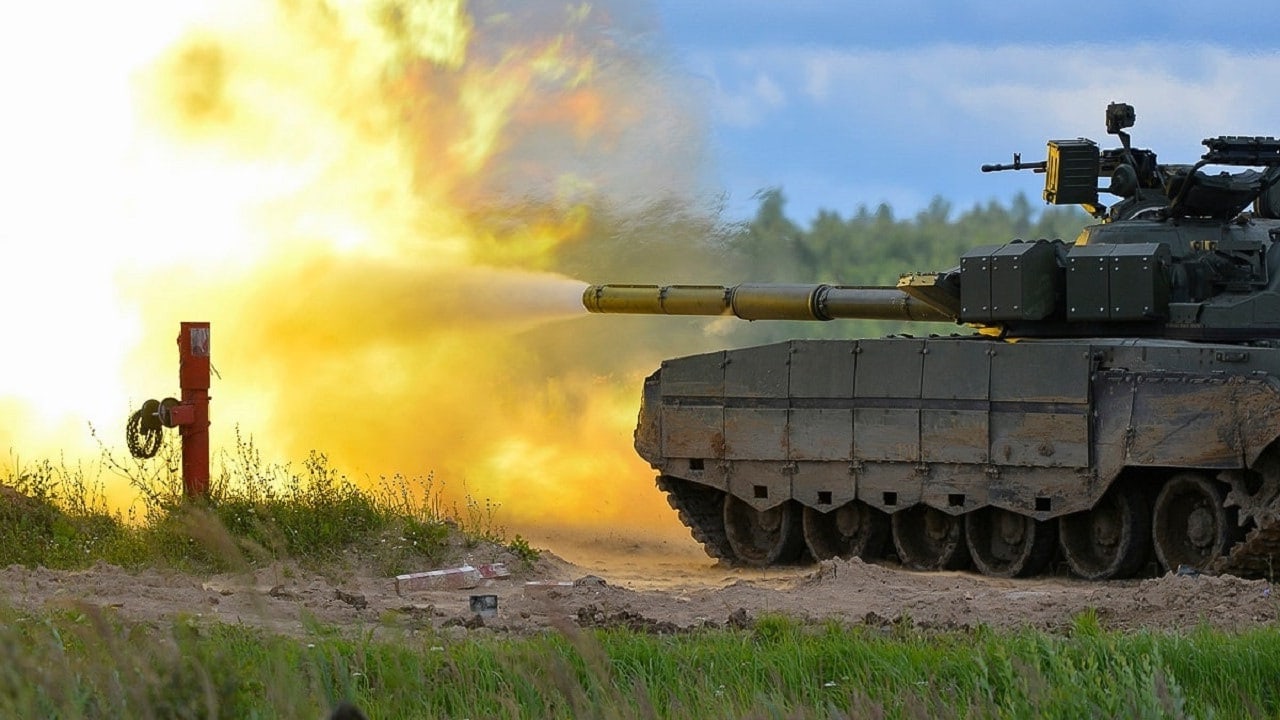After roughly seventeen months of continued warfare, Kyiv has finally launched its highly anticipated counter-offensive. Armed with a variety of advanced weaponry delivered by the U.S. and other North Atlantic Treaty Organization (NATO) allies, Ukrainian troops have made some progress in recent days in recapturing territories. While Russian air defenses and frontline troops have stymied some of Kyiv’s progress, the real culprits limiting the country’s offensive efforts are extensive minefields.
Last week, Ukrainian troops fought to reclaim a village a few miles south of Blahodatne. Although the fighting was tough, Kyiv prevailed, largely in part to a platoon from the 68thJaeger Brigade which fought at close range against Russian marines. According to the Wall Street Journal, a platoon commander expressed the entire area was covered in mines, “even inside houses.”
What are landmines?
Designed to destroy and disable enemy targets and positions, landmines are explosive devices camouflaged on the ground. The devastating impacts of landmines can have in the aftermath of conflicts have pressured more than 80% of the world’s nations to adhere to a landmine-banning treaty. Russia, however, remains one of the minority countries that is not a signatory to the 1997 Mine Ban Treaty. According to Human Rights Watch, Moscow has deployed at least seven types of antipersonnel mines in Donetsk, Kharkiv, Kyiv and Sumy. While Ukraine has also used anti-vehicle mines quite extensively throughout the last year and a half of warfare, there was no evidence that they have deployed the antipersonnel mines that activates due to the proximity or contact of a human being until more recently. Specifically, a more recent Human Rights Watch report notes that Ukrainian forces have also used rocket-fired antipersonnel landmines. As explained by Arms Division director Steve Goose, “Russian forces have repeatedly used antipersonnel mines and committed atrocities across the country, but this doesn’t justify Ukrainian use of these prohibited weapons.”
Extensive minefields cover 30% of Ukrainian territory
Since the counter-offensive began, landmines have proven to hinder Kyiv’s progress across the country. In a front line ranging more than 100 miles across Donetsk Oblasts and Zaporizhzhia, Ukrainian troops from the 33rdMechanized Brigade and the 47thAssault Brigade launched barrages of rocket-propelled explosives that could create paths in minefields. These MCLC high-explosives, pronounced “micklicks,” are one of the ways Ukrainian troops have been able to advance through some of these extensive minefields.
The long-term consequences of minefields
According to Ukrainian president Volodymyr Zelenskyy, Kyiv’s liberation of eight villages so far in the counter-offensive have been more difficult than expected, due to the roughly 77,000 square miles of territory that has been mined by Russian forces. The Study of War has released an interactive map on Twitter, displaying changes in control of terrain each day of the counter-offensive. While Kyiv’s progress may not be as quick as some have hoped, soldiers are “gradually advancing step by step,” according to Ukraine’s deputy defense minister Hanna Maliar.
Landmines may be currently impacting Kyiv’s offensive in the present, but the long-term ramifications of extensive mine fields will engulf Ukraine for years to come. Analysts describe the current distribution of mines in Kyiv as the largest since the second World War. Unexploded ordnance and landmines are believed to cover upward of 30% of Ukrainian territory, largely impacting the Kharkiv region.
Maya Carlin, a Senior Editor for 19FortyFive, is an analyst with the Center for Security Policy and a former Anna Sobol Levy Fellow at IDC Herzliya in Israel. She has by-lines in many publications, including The National Interest, Jerusalem Post, and Times of Israel. You can follow her on Twitter: @MayaCarlin.
From 19FortyFive
Footage Shows World War I Guns Being Used in Ukraine
‘Vacuum Bombs Destroyed’: Ukraine Footage Shows Putin’s Thermobaric Rockets Destroyed
BOOM! Ukraine Video Shows Precision Strike on Russian Air-Defense System

